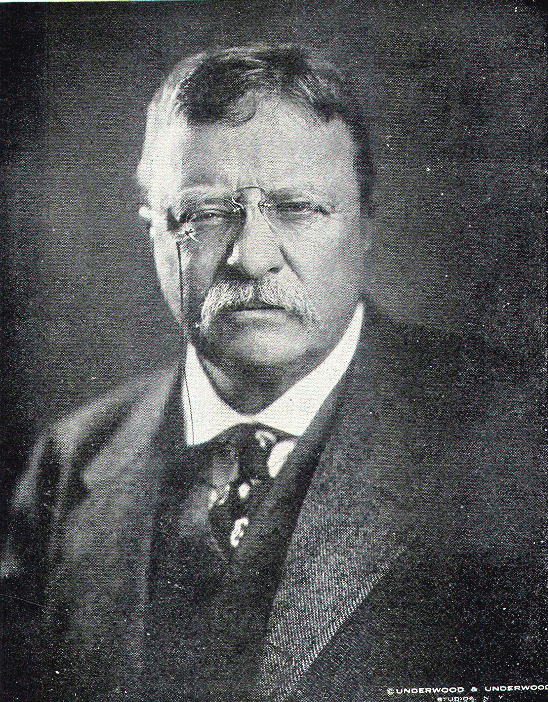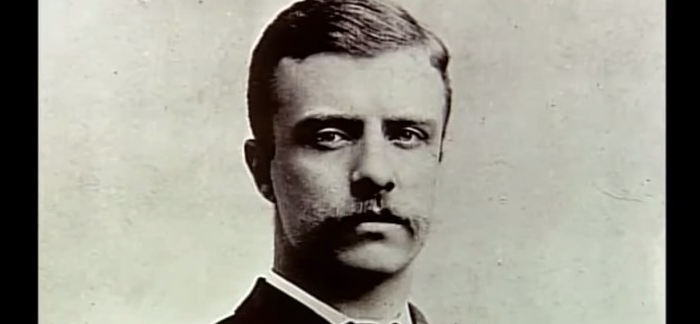
taking an even more active role in Latin American affairs. Soon after leasing the land in Panama, Roosevelt articulated a foreign policy in which he saw the U.S. Siding with Panama in its war with Colombia was a controversial move because the United States was interfering in the affairs of a sovereign Latin American nation. Notably, Roosevelt’s 1906 photo shoot at the construction site made him the first president to leave the United States during his term. signed a lease for the land to build the canal. Shortly after Panama formally broke from Colombia in 1903, the U.S. Roosevelt responded by siding with Panama in its struggle for independence from Colombia.

America tried to negotiate with Colombia to lease the Panamanian land, but Colombia’s congress rejected the terms.

When Roosevelt first started trying to obtain the land for the canal, Panama was part of Colombia. construction on the canal officially started in 1904 and continued until 1914, five years after Roosevelt left office. Roosevelt was the driving force behind building the Panama Canal, a waterway that allows ships to travel between the Atlantic and Pacific oceans without going all the way around the tip of South America. president, promoted the construction of the Panama Canal. Theodore Roosevelt sits in a the carriage of a crane at the Panama Canal, while workers look on. played a larger role in international diplomacy while at the same time reminding other countries that it was building a big navy-a foreign policy he described as “speak softly and carry a big stick.” Courting Panama to Build a Canal To prevent this, the 26th president made sure the U.S. In addition, Roosevelt was concerned that if the United States didn’t “take a bigger role in world affairs, it would actually decline from being a world power,” Cullinane says. “He believed it was the burden of ‘civilized’ nations to uplift ‘uncivilized’ nations,” says Michael Patrick Cullinane, a history professor at the University of Roehampton in London and author of Theodore Roosevelt's Ghost: The History and Memory of an American Icon. interests were global interests, and that it was actually good for “civilized” nations-among which he counted the United States-to intervene in other countries’ affairs. to wield the kind of power in world affairs that European empires did.

protectorate and annexed Hawaii.Īmerica was now an overseas empire, and Roosevelt thought it important for the U.S.

It claimed Guam, Puerto Rico and the Philippines as U.S. The United States had been a continental empire since its founding, but as a result of the Spanish-American War in 1898, it had ventured beyond its land borders. When Theodore Roosevelt succeeded William McKinley as president in 1901, he was aware that America was in a different international position than it had been just a few years earlier.


 0 kommentar(er)
0 kommentar(er)
